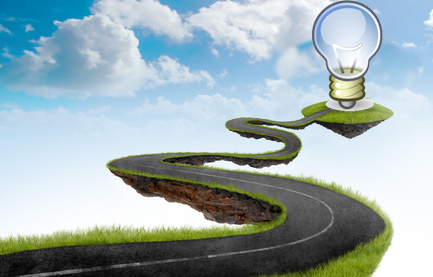
Inspiration Meditation by Orna Ross. A Go Creative! Book.
Picasso once said: “A painting speaks for itself. What is the use of giving explanations?” The same is true of meditation. Like art, meditation is a doorway between our inner and outer worlds; between “reality”, the seemingly solid world that we can see, hear, smell, taste and touch and an elusive “something else” beneath, between and beyond what those five senses can grasp.
And, like art, meditation is its own explanation. The danger in analysing is that intellectual explanations can detract from our understanding of it.
Perhaps a description might offer us a better way in. In the passage below, Jo Devereux, the narrator of my second novel, Before The Fall, is having a meditative experience . Jo has spent recent months immersed in a tangled family history of insanity and murder. Now as she walks along a wild Irish beach, mired in misery and confusion, she is surprised to find another part of her mind interjecting into her troubles:
Stop it, I order myself. Stop thinking. Feel the sun on your eyes and the breeze on your skin. Pull yourself out of your head, down into your body, the body that can’t be in tomorrow or yesterday but only here, where it is.
Somehow, to my own surprise, I do it. In the very middle of my trouble, I manage to let it go.
And as I do, I feel a shift in perception that recomposes the scene before me, making everything in my sights seem more completely itself. The expanse of glistening sands, the knobbled fingers of rock jutting into the ocean, the sunlight pirouetting on the waves — each is more full of its own living presence than it was a moment ago. Yet somehow, simultaneously, more connected to me.
I kick off my shoes, I slip out of my clothes, I walk into the sea. My skin is porous, no longer a boundary. Joy surges: I am melting into the water and all the world. The same molecules dance in me and in everything.
Continue Reading →






![what makes me feel as though I belong... [is] what goes on in my mind when I am writing.](/wp-content/uploads/2013/03/imgres-33-75x75.jpeg)











